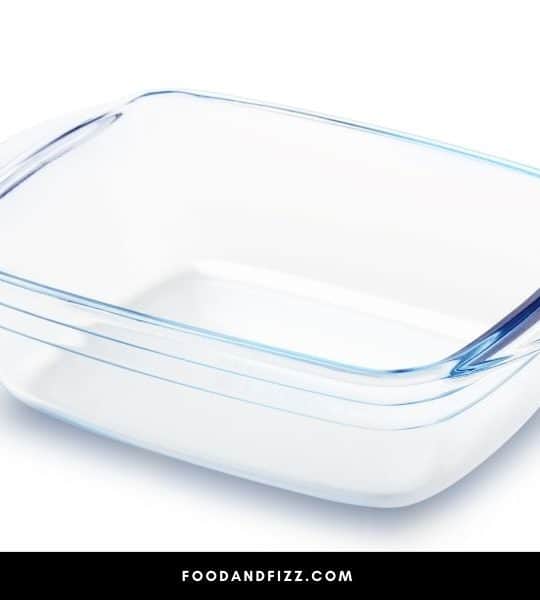There are dozens of reasons why glass gets heated, which could be intentional or unintentional. When it comes to glass cookware, it’s incredible to see food cook even after placing it on the heat source and putting the lid on. If you have used glass cookware, the question is whether or not there is a difference between hot and cold glass.
Does Hot Glass Look The Same As Cold Glass?
Hot glass looks the same as cold glass except above the temperatures of 1,200 °F. Below this temperature, there is no other way to identify the difference other than touching the glass and feeling the temperature difference.
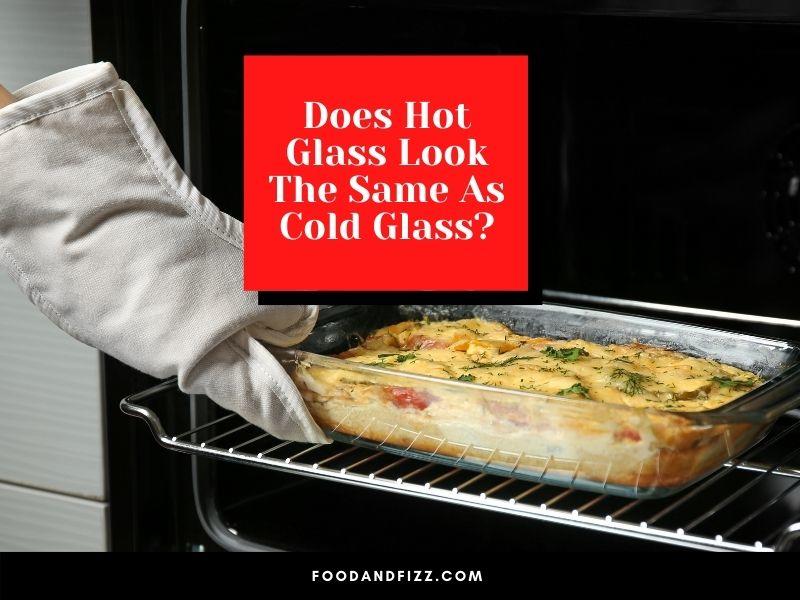
What Happens If I Heat Glass to Temperatures Above 1,200 °F?
If a glass is heated above 1,200 °F, it becomes possible to tell the difference between hot and cold glass. That is because there will be a color change.
Under such high temperatures, the glass starts to glow, which begins as dull red and changes to various colors, including orange, yellow, and white, as the heating continues.
Again, you may notice the glass has softened and is about to melt. Also, as the heating continues, the viscosity of the glass declines, thus making it easy to flow.
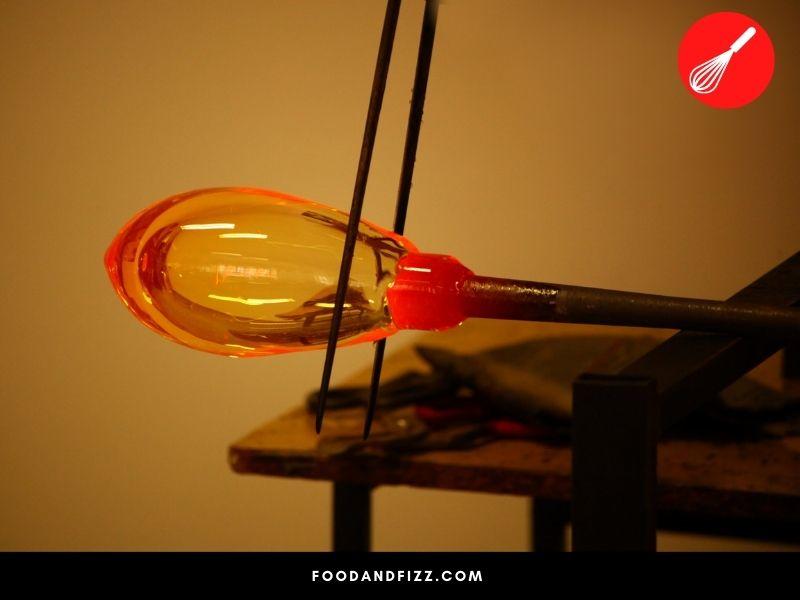
Why I Prefer Using Glass Cookware
I have a dozen reasons why I would prefer using glass cookware compared to metallic or ceramic. I am pretty sure that after knowing these reasons, you too would choose glass cookware over other types. Here are my top reasons, which I hope you consider.
- Non-toxic: Naturally, glass is inert, which means even under intense heat, it does not chemically react with its environs.
- Heat retention: Compared to metal, glass-made cookware retains heat longer. That’s good, especially when I want to keep my dish warm.
- Microwave safe: In this time and age, technology is defining the mode of operations, even in the kitchen. Since I’m constantly using microwave services, a glass container is preferable.
- Shock resistance: As earlier noted, technology is well intertwined in modern-day cooking. As such, when dealing with electricity, I don’t have to fear getting an electric shock when using glass cookware.
- High melting point: When compared to some commonly used metals, glass has a higher melting point, hence more appropriate when dealing with situations that require extreme heating.
- Easy to clean: Kitchen utensils require proper hygiene. It’s easy to achieve this using glass cookware as it doesn’t stick easily, and cleaning is simple and fast.
- Aesthetically pleasing: Glass cookware is beautiful, attractive, likable, and makes cooking enjoyable. Imagine watching what is happening inside the cooking container without having to remove the lid or straining.

Why Does My Hot Glass Utensils Break Faster Than Cold Ones
When working with glass utensils in the kitchen, I’m always cautious about their handling. That’s because some actions could make them break faster, particularly when hot than cold.
Here are the top reasons a hot glass could break faster than a cold one.
- Instant cooling: Glass is a brittle material, and as such, it doesn’t contract or expand fast enough. When hot, the glass is expanded. Instant cooling forces some parts to condense faster than others, breaking them.
- Softens: When glass is heated, like most materials, the structure weakens. It may be hard to note this change unless the temperatures are raised to extreme levels of more than 1,200 °F. However, every time the glass is heated, it becomes softer than before. As such, it would break easily when put under intense pressure, is struck by something, or falls hard to the ground.
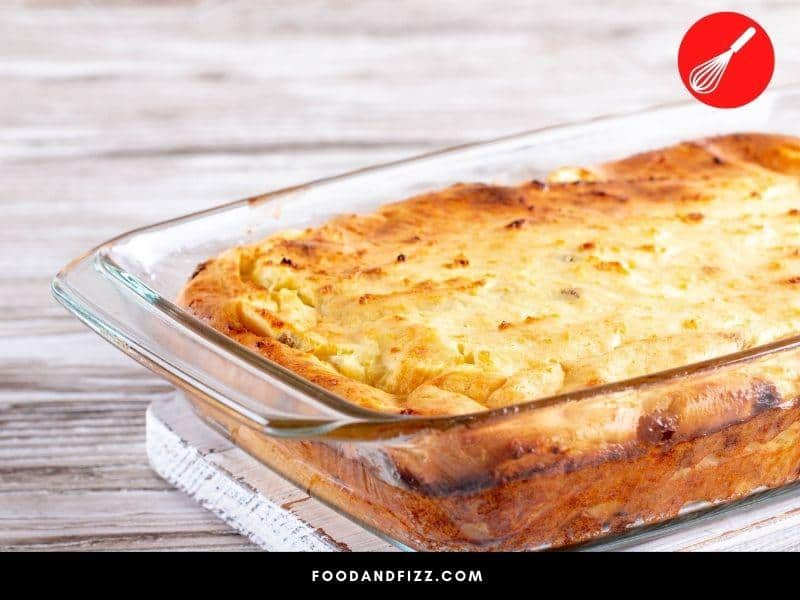
Can I Use Any Glass Container for My Cooking
While glass is a good material for cookware, not all glass containers are used for cooking purposes. That’s because some will break faster than others.
As such, those glass materials have been made and tested for cooking purposes. Here are some of the characteristics of reliable glass cookware.
- Thick walls: The glass used for cookware is well reinforced with several layers. The goal is to ensure the walls do not easily collapse under intense heating.
- Tempering process: Glass cookware undergoes the tempering process, which is heat-treatment done in the presence of soda lime to guarantee the durability of the glass. That makes it almost four times harder to crack under intense heating.
What Notable Disadvantages are there for Glass Cookware?
Despite the multiple benefits of using glass cookware, a few disadvantages would make glass unlikable for cooking purposes.
Nonetheless, that doesn’t mean that the reasons are too severe to limit the use of glass for cookware. In fact, it remains the best material for me. Here are some limiting factors for using glass-made cookware.
- Breaking: Glass materials are fragile and could break easily compared to metallic cookware. In fact, while glass breaks, metals bend and can be repaired.
- Heaviness: Cookware glass is highly reinforced with several layers making it quite heavy compared to a metallic container of the same size. Weight may discourage some people from using them. Thus, it’s a contributing factor on what type of cookware one wishes to use.
- Takes a little longer to heat: Although glass materials retain heat long after acquiring it, they also take longer to absorb the heat than metallic containers.
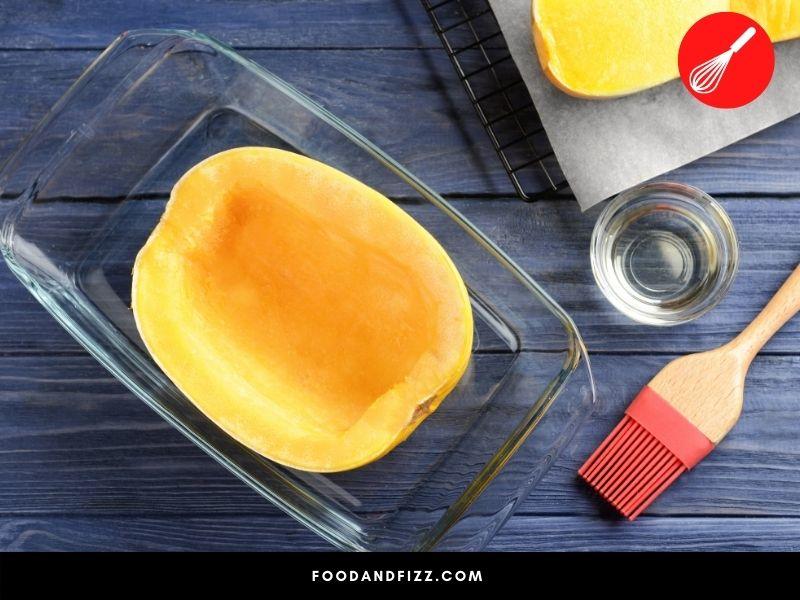
Frequently Asked Questions to Does Hot Glass Look The Same As Cold Glass?
Can I Tell the Difference Between the Hot and Cold Glass?
It’s pretty tricky to tell the difference between hot and cold glass without touching it. That’s because it remains almost the same from the look of things.
Is Glass Cookware Preferable to Metallic Ones?
Using glass cookware is preferable to metallic ones. That’s because they are shock-resistant, microwave safe, easy to clean, non-toxic, and aesthetically pleasing.
Why Does Hot Glass Break Faster Than Cold Glass?
After heating, the glass structure weakens, making it easy for the glass to break as opposed to when it is cold. Thus, cold glasses are stronger and harder to break compared to hot glasses.
Conclusion to Does Hot Glass Look The Same As Cold Glass?
Hot glass looks the same as cold glass except when it goes above the temperature of 1,200 °F, where hot glass will glow and change colors ranging from a dull red to orange, yellow, and white as the heating continues. Below those temperatures, hot glass and cold glass looks the same.

